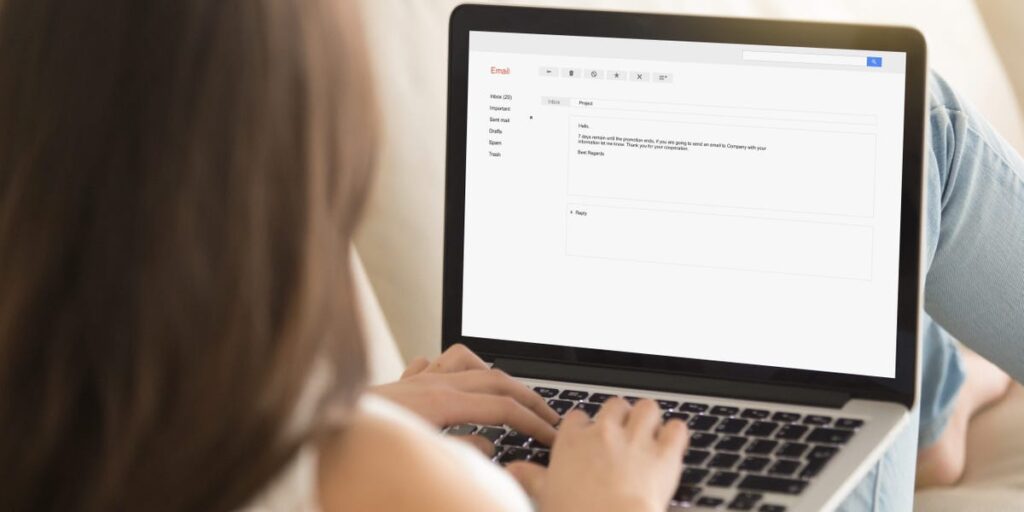This as-told-to essay is based on a conversation with Sophie Rose, a 29-year-old OpenAI employee based in San Francisco. It’s been edited for length and clarity.
Roughly two years ago, I joined OpenAI to build out what was then the associate team. I saw that a leader on the go-to-market team posted that she was hiring a founding account associate for a role in San Francisco.
I had the fortune of already being connected to her on LinkedIn. But we’d never spoken outside a note I attached to my initial invite.
I directly messaged the leader on LinkedIn about the role, and within five weeks of sending that message, I had an offer in hand. Finding information, drafting notes, and writing communications to stand out among the noise is so important in this world of AI.
Courtesy of Sophie Rose
My LinkedIn reach-out was short and direct
When I saw the job post, I was working at an early-stage startup in the conversational AI space.
I’d been admiring OpenAI from afar for a bit, and as time went on, it was pretty clear that it was time for me to move on from the startup I was at. The company wasn’t growing, and it didn’t have the trajectory that I wanted to see.
I was living in New York City, and the job post clearly said that it was a San Francisco-based role with no flexibility. So, in my note, I congratulated the lead on her role and said I saw she was hiring for this founding account associate job. I added that I’d love to learn more, plan to apply, and would be willing to relocate for the opportunity.
Courtesy of Sophie Rose
Within five weeks, I had the offer to work at OpenAI
In my case, I wanted to go the extra mile. I asked to talk with the person who posted the job. In her response, she said she couldn’t jump on a call but would push my résumé through the initial screening.
I applied the next day and immediately followed up with her, thanking her and saying I looked forward to exploring the opportunity with OpenAI.
Courtesy of Sophie Rose
It was the best interview process I’ve ever had. After I got the job, I had to break my New York City apartment lease that I had just signed. My husband and I picked up our bags and moved to an apartment we had never seen in San Francisco.
Cold outreaches are good job-seeking tactics, but don’t ask for the person’s time
For many of my peers, their OpenAI job started with a cold outreach to someone they might have heard of or had a mutual connection with. I think that’s how you can ultimately get ahead or pivot in your career.
If the message and wording are right, you can really get in touch with anyone. I get lots of these notes myself from people trying to ask for my time or message me cold, and the most important advice I’d give is not to ask for time.
I asked for time in my note, which I wouldn’t have done in hindsight. If you do ask for time, be very clear on why you need their time. Do you have specific questions that you can’t ask directly in that LinkedIn note? Probably not. But if you do, then great.
Courtesy of Sophie Rose
Be careful how you construct your follow-up note
I personally don’t love generic follow-up messages. It goes back to whether you have an actual ask, something to say or seek, or concrete advice that you’re looking for.
My challenge to people would be to not send that generic follow-up. For more senior leaders, podcasts are an amazing outlet to hear what matters to them, learn about their personal and professional values, professional journeys, and other things that resonate with them.
Wait — maybe three weeks later — or look for something new that the person you’re reaching out to is posting or talking about. Whatever the case, wait for the right moment when you have something to give in that follow-up note.
Building a personal brand is one of the most strategic things someone can do for their career
Before I applied to OpenAI, I started posting on LinkedIn and reviewing different generative AI tools. For the business world, LinkedIn is an amazing professional page where you can show what you’re passionate about and how you communicate.
If you think posting is cringeworthy or wonder what people will say, fight that stigma. You’re thinking about it way more than anyone else.
Posting on LinkedIn is a great way to stand out among the masses, differentiate yourself, show what you care about, and inspire others. You never know who will read it, who will reach out because of it, or what opportunity could present itself.
Do you have a career journey story to share? Contact this reporter at aapplegate@businessinsider.com.


